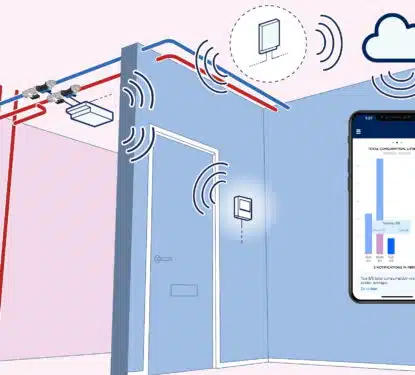In the wake of the pandemic, the environmental movement keeps gaining momentum on the geopolitical stage. This month, the US General Services Administration (GSA) took a big step forward in its National Deep Energy Retrofit Program, issuing its largest-ever notice of opportunity by redirecting funds from the Inflation Reduction Act for a series of projects across five states and the District of Columbia. These initiatives are part of a broader strategy designed to help meet President Biden’s climate targets, specifically the goal of achieving net-zero emissions across all federal buildings by 2045. The GSA, managing an extensive real estate portfolio of nearly 370 million rentable square feet across the nation, plays a pivotal role in its success. Alongside managing this significant property portfolio, the GSA also oversees ~$75 billion in annual contracts and provides technology services to a wide array of federal agencies, reaching millions of citizens. “This historic call for proposals is another example […]
Most Popular Articles

MRI Software: Exploring the 2025 IPO & Sale Options
This Research Note examines a report from Reuters that MRI Software is to be listed in an IPO or sold. We explore the development of the business over the last 10 years, since it was acquired by private equity owners, highlight their software acquisitions for commercial real estate applications addressing integrated workplace management, tenant experience […]

Podcast 40: Stiles Property Management Found $400K+ in Hidden Savings
Most property managers know their buildings are hemorrhaging money through inefficient systems. The problem? They have no idea where to start looking. Devon Newton, VP of Property Management at Stiles, faced this exact challenge with 110 East, a new Class A development in Charlotte’s Southpark district. Despite managing 116 properties across the Southeast, she found […]

Smartvatten Strengthens European Position with 2025 LeakLook Acquisition
This Research Note examines Smartvatten, a Finnish specialist in water efficiency technology and expertise in Northern Europe. It updates our previous article in March 2024, covering Smartvatten’s solutions, key developments in 2024, sustainability partnerships and the September 2025 acquisition of LeakLook, a Finnish specialist in IoT-driven water monitoring for real estate. Smartvatten Profile Established in […]
